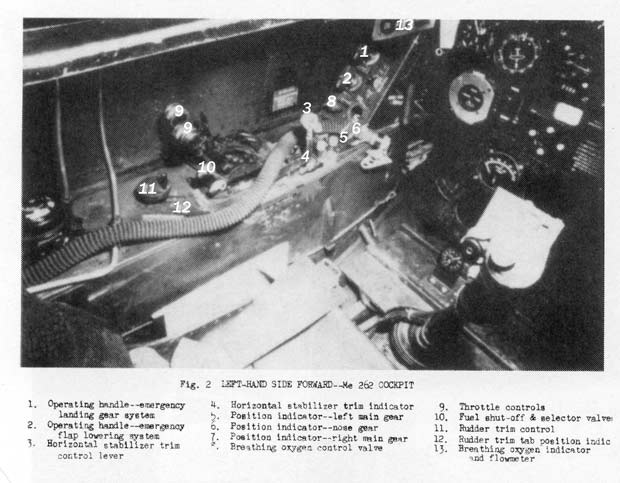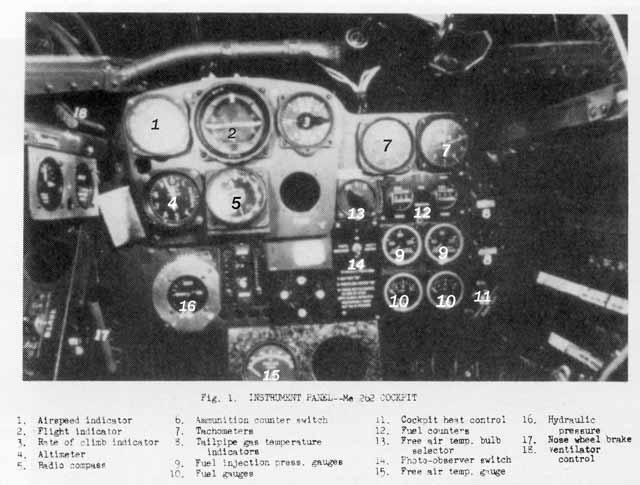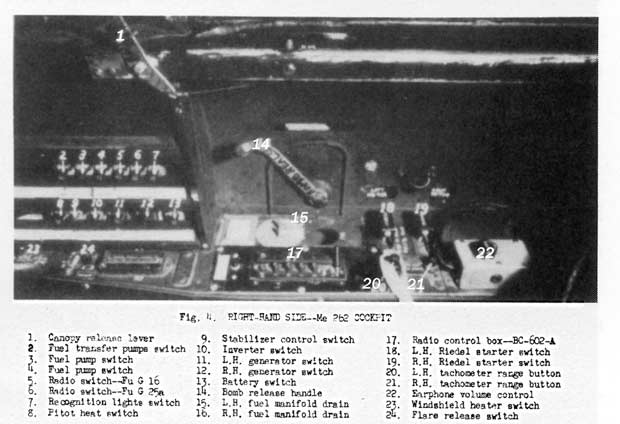But again it was late in the war the Germans had limited supplies of quality and necessary materials to build the engine the ME 262 needed.
It has been found that had they had the quality materials and supplies and their engine build under ideal conditions it would have done an outstanding job.
But this wasn’t the case so to get the ME 262 up and flying under the worse of war time conditions was quite a feat.
The Replicas and the Restored ME 262 are using GE jet engines close to the very same size and power ratings of the original engines.
However there is a group who is in the process of building a ME 262 with the originally designed engine, but with the best of materials. It is believed by this group the engine would have been successful had they had the time and necessary alloys to build a quality engine.
Britian and the USA had the materials and alloys and they could not come up with a working plane design to come close to the operation ME 262.






